To appreciate a building, most people may focus on its exterior design. However, if you want to deeply experience the vitality of a space, you can also pay attention to its acoustic conditions. Sound is one of the main forces that shape the sense of space and helps create an intriguing acoustic environment. There are also some architectural landmarks around the world that not only have unique appearances but also “make sound,” attracting many visitors to come and pay homage.
1. Iceland Sæþór Þorvaldsson (Tvisongur)
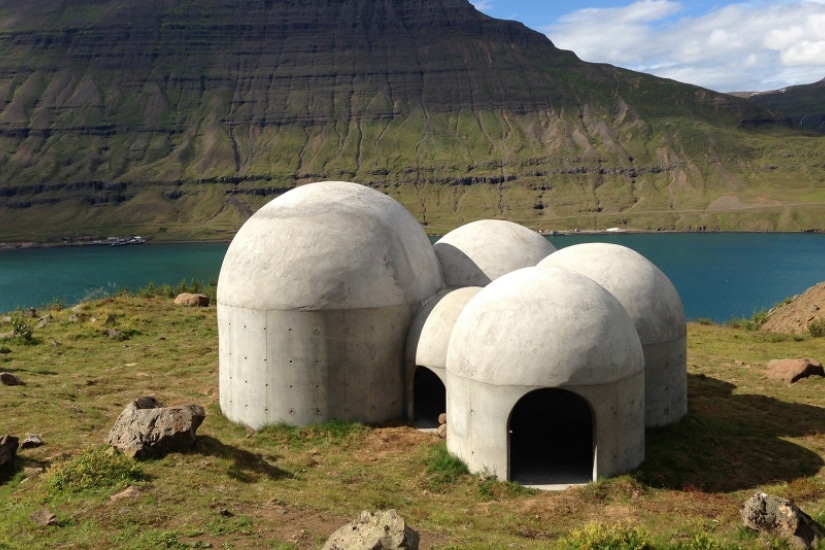
Tvisongur is a site-specific sound sculpture by German artist Lukas Kühne, located on the mountainside of the small town of Seydisfjordur in eastern Iceland. Due to its tranquil location and stunning views of the fjord, it attracts many visitors who walk along the gravel road from the local Brimberg Fish Factory for 15 to 20 minutes every day.

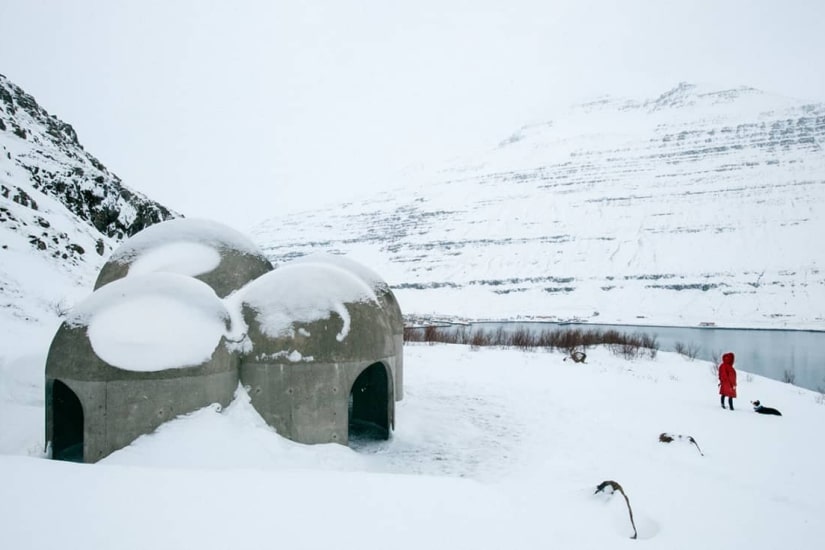
This piece is made of concrete and consists of five interconnected domes of different sizes. The height of the domes ranges from 2 to 4 meters, covering an area of approximately 30 square meters. Each dome has its own sound effect, corresponding to the five tones of Icelandic music tradition. Due to its unique design, the voices of people inside become clearer and more three-dimensional, like a tuner.
2. Croatia Sea Organ

This experimental instrument called the Sea Organ (Morske Orgulje) is located on the Zadar Peninsula in Croatia. It may appear to be just ordinary stone steps, but when the wind blows and the waves crash against the shore, it creates a captivating melody.

Their design is a set of pipes running under a marble staircase, and when the air pressure generated by the waves pushes into the pipes, it produces harmonious tones. Hidden under these stone steps, which have a total length of over 70 meters, are 35 large organ pipes, with 7 sets of steps representing 7 musical scales. Whenever the tide rises or falls, people gather here to enjoy this natural symphony.
3. Hungary Fertőrákos Quarry and Cave Theatre
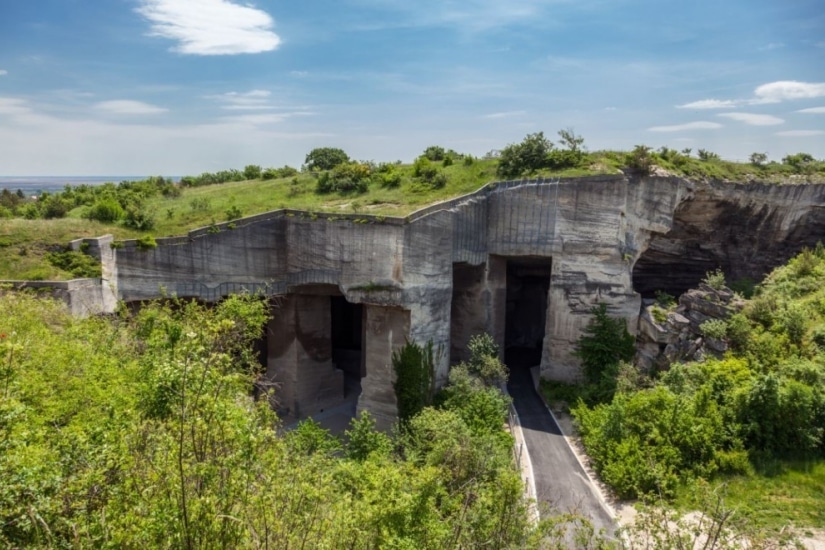
The residents of Fertőrákos began mining limestone in the 1500s, and the stone extracted here was used to build city walls, churches, the archbishop’s palace, and even houses. In 1951, this site was registered as a protected monument.
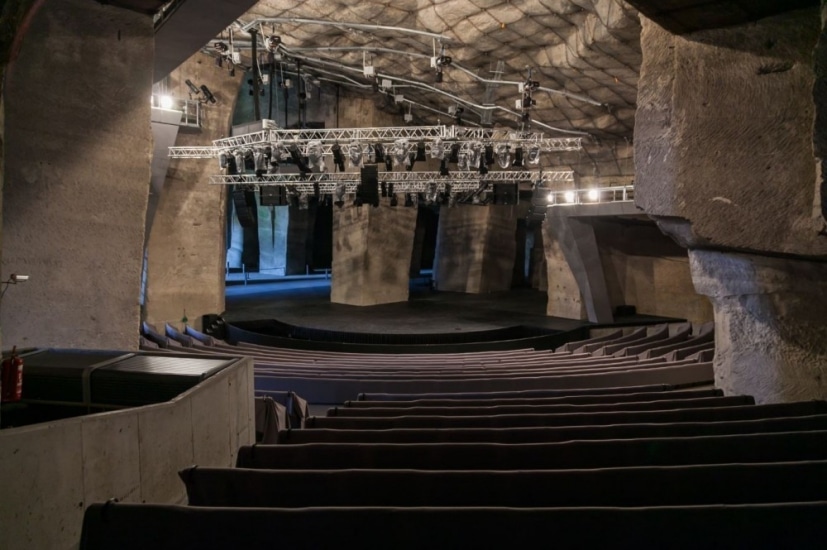
In the belt pit and stone products hall, visitors can learn about the tools and methods ancient people used for extracting limestone. The highlight of the tour is the magnificent hall of the cave theater, which composer, conductor, and pianist Ernő Dohnányi discovered its potential in 1937: he recognized the astonishing acoustic effects of the cave hall, making it a perfect venue for open-air performances. Eventually, György Várady, the former director of the József Attila National Theatre, established the cave theater and premiered the first performance in the summer of 1970. Today, the quarry has been transformed into a theater that can accommodate 760 people, equipped with modern theatrical lighting and sound technology, and even heated seats.
Further reading:
- LI NING – Anchoring Memories
- Japanese popular artist Amano Takeru arrives, classic “Venus” transformed into a giant three-dimensional sculpture and digital collectibles!
- Let the space play a beautiful melody, inventorying five famous buildings around the world that can make sound!
4. The Singing Ringing Tree
The Singing Tree is a wind-powered sound sculpture, resembling a tree, located in the landscape of Pendle Hill in Lancashire, England, overlooking Burnley.
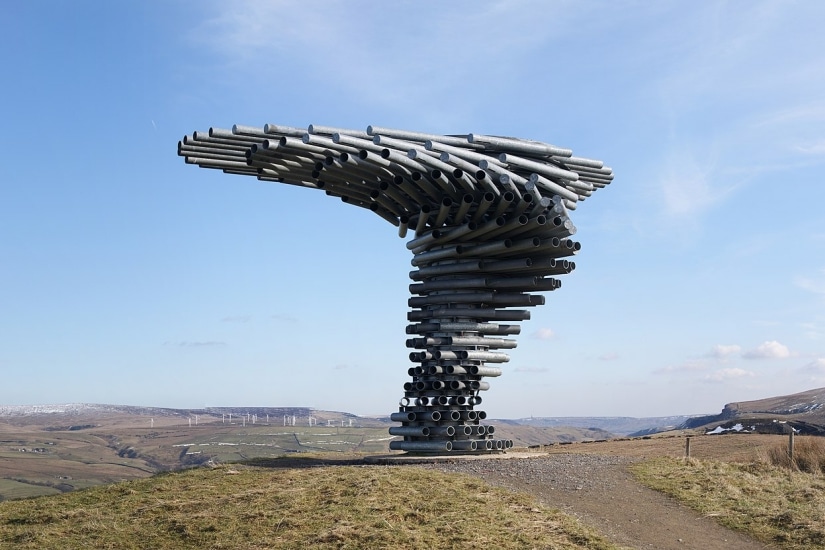
This sculpture, designed by architects Mike Tonkin and Anna Liu, is a 3-meter (10-foot) tall structure made of galvanized steel pipes. It harnesses the power of wind to create a slightly discordant and penetrating chorus of sounds, covering a range of several octaves. Some of the pipes serve as structural and visual elements, while others are cut in width to produce sound.
5. Stonehenge in the United Kingdom
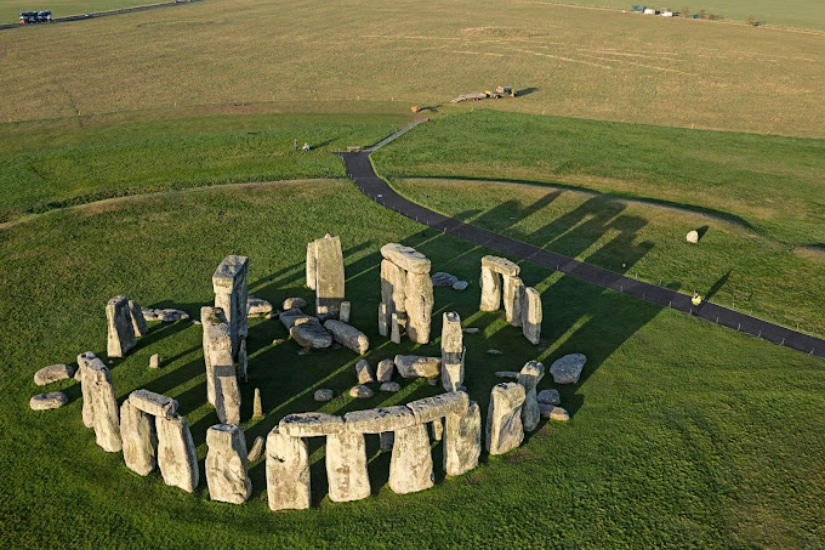
Stonehenge, located in the southern part of England, is the most famous prehistoric architectural site in the UK. It was built around 3100 BC and has a history of 5,000 years. There are legends that it was built by wizards or extraterrestrials, while others claim it was constructed in the 1950s by using cranes, adding a mysterious touch to Stonehenge. The bluestones of Stonehenge have a unique sound quality, with each rock producing a different tone when struck.
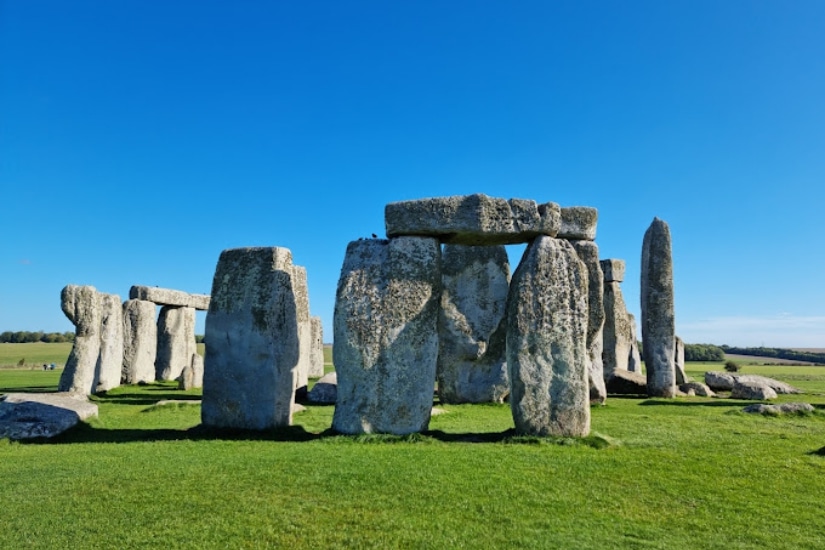
Stonehenge is an open-air structure consisting of several dozen upright stones. The tallest stone reaches a height of 9 meters and weighs 22 tons. One side of the stones has been finely carved, creating a smooth slightly convex surface that is ideal for reflecting high-frequency sounds. When standing within the structure, sounds echo and take approximately 1.2 seconds to fade away, creating an atmosphere reminiscent of a theater in the wilderness.

